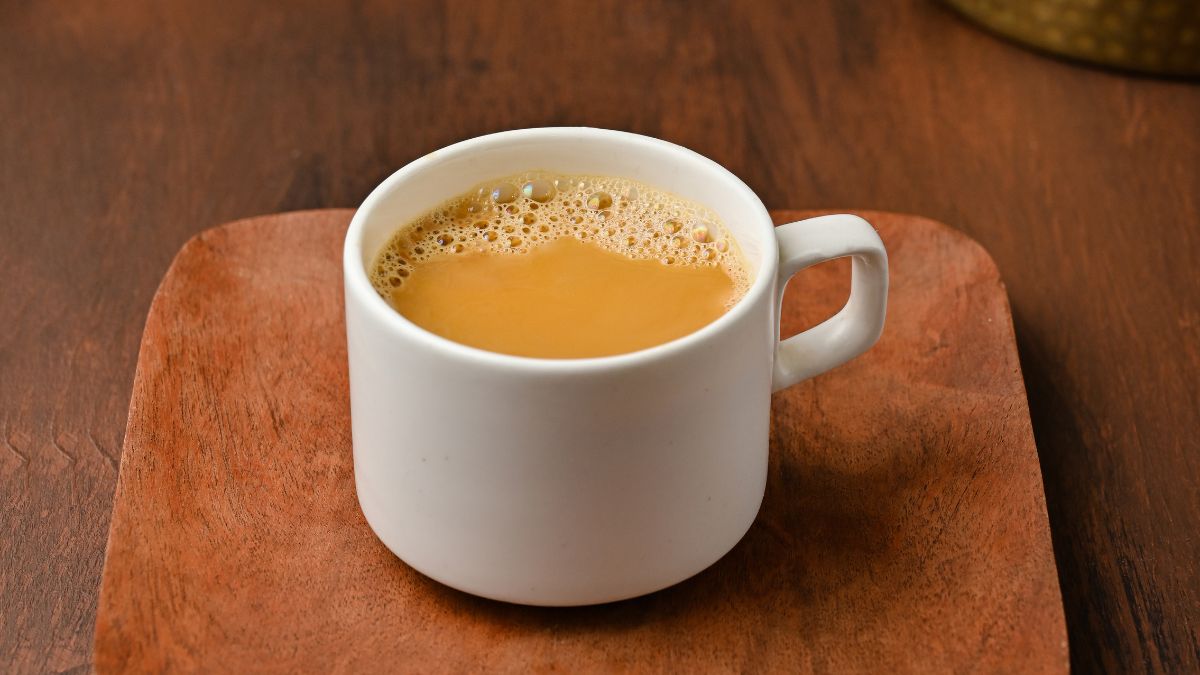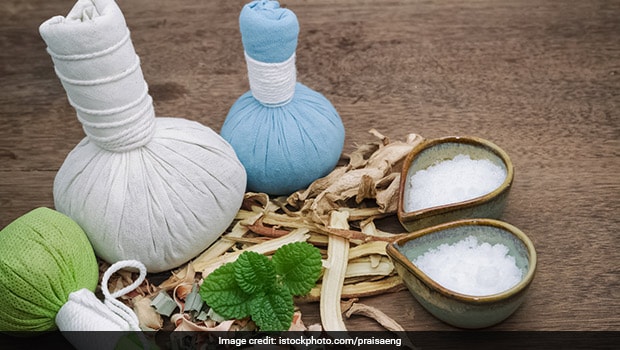Thomas Stevens, a British Jesuit, was among the first British missionaries who arrived in India (in 1579). He eventually spent 40 years in Western India. His documented letters to his father offer interesting vignettes about what he called the 'goods of India'. One of those letters mentions camphor as a commonly used food ingredient back then in India and that most of the camphor consumed in India came from China. Interestingly, one of the first known recipes for ice-cream dating to the Tang dynasty (that lorded over China between 618 and 907 AD) includes camphor as an ingredient. Stevens also mentions in the letter that the best camphor could be traced back to the Indonesian island of Borneo. It's why it should come as no surprise that the modern chemical version of camphor - Iso-Borneol flakes takes its name from the island.
Karpooram in Tamil (Karpooora in Kannada) or Kapoor in Hindi, camphor has not just been an essential item in religious rituals but also a flavouring agent across India. In South India, this ingredient adds an interesting edge to two of my favourite sweets - ladoo and sweet Pongal. Many classic recipes also include camphor as a flavouring agent in South Indian payasams (kheers). I ended up chatting about edible camphor with Chef G Muthu Kumar, the Executive Chef of Novotel Ibis Chennai OMR, during my last visit to the hotel a few months ago. He is passionate about heirloom recipes from Tamil Nadu and the rest of South India. He believes that camphor was also incorporated into dishes for its curative properties that include fighting indigestion and fatigue. Other health benefits include improving circulation and encouraging relaxation.
Also Read: 5 Interesting Culinary Uses Of Edible Camphor You Must Know
Edible camphor is not to be confused with the camphor that is used for religious ceremonies. Traditionally, camphor was extracted from the wood of the camphor laurel (Cinnamomum camphora), an evergreen tree found in East Asia. Camphor is also produced synthetically from the oil of turpentine. Grand Sweets, one of Chennai's popular sweet shops, is well known for their traditional South Indian style ladoo. This ladoo is flavoured with a hint of spices that include cloves, cardamom and camphor that offset the sweet flavour. Chef G Muthu Kumar's recipe (see recipe below) uses camphor. You can try this recipe at home. Most grocery stores and supermarkets stock edible camphor and its important you use the right ingredient. Most shops in Tamil Nadu refer to edible camphor as pachai (fresh) karpooram to distinguish it from the version used in poojas.
Recipe Of Ladoo Flavoured With Edible Camphor
Recipe Courtesy - Chef G Muthu Kumar, Executive Chef - Novotel Ibis, Chennai OMR
Ingredients
- Gram flour (Besan) - 250 gm
- Cooking Soda - 5gm
- Water - 200 ml + adjust accordingly
- Oil for deep frying
For Sugar Syrup:
- Sugar -500 grams
- Water - 600 ml
- Cardamom Powder - 1 teaspoon
- Cloves - 1/4 tsp powder
- Saffron pinch in hot water about 2 tablespoons
- Edible camphor - 1 granule
For finishing:
- Cashew nuts - 15 broken into small pieces
- Raisin- 25 pieces
- Ghee - 1 teaspoon
Method
- Sieve gram flour Add in water and mix to a smooth batter.
- Add in water slowly and make it into a smooth batter. Now add in cooking soda, mix well.
- The batter should be in a thick coating consistency.
- Heat oil for deep frying.
- Now, take a boondi jhara or a perforated ladle. Hold it over oil. Pour a ladleful of batter over the ladle and spread it out. The boondi will fall in drops
- Fry the boondi till they are little crispy. Drain them and set aside.
- Bring together sugar and water in a pan, bring it to a boil, mix well, and cook till it attains a single string stage. (A tip: When you take the spoon of the syrup and let it drop, the last drop falling from the syrup forms a single string like consistency.)
- At this point, take it off the heat and add in cardamom powder, clove powder, saffron water, edible camphor and mix well.
- Add boondi to this syrup and mix well.
- Add in raisins, cashew nuts, and ghee, let it soak for 5 mins.
- Roll into Ladoos, store in cool place.
Sakkarai Pongal Recipe
Recipe Courtesy: Southern Spice, Taj Coromandel, Chennai
Ingredients
- Raw Rice - 100 gm
- Green Gram - 50 gm
- Jaggery - 125 gm
- Ghee - 30 ml
- Raisins - 5 gm
- Cashewnut - 5 gm
- Edible Camphor - 2 gm
- Green Cardamom - 3 gm
Method
- Dry roast the green gram in a thick bottom pan and add it to the raw rice.
- Wash the rice and green gram mixture at least twice.
- Add water to the rice and green gram mixture and bring it to boil.
- Grate the jaggery and take it in a separate pan, add water to it and heat it till the jaggery melts to form a syrup.
- When the rice and dal mixture is completely cooked, simmer it and add the jaggery syrup to it.
- Mix all the ingredients well and mash it with a ladle.
- Heat ghee in a pan and add the cashew nut and raisins to it. When they begin to turn brown, add it to the kedgeree.
- Combine the edible camphor to the above mixture. Slightly pound the green cardamom and add it to the sweet Pongal. Cook it for a short while over a low flame.
- Serve hot.
Disclaimer: The opinions expressed within this article are the personal opinions of the author. NDTV is not responsible for the accuracy, completeness, suitability, or validity of any information on this article. All information is provided on an as-is basis. The information, facts or opinions appearing in the article do not reflect the views of NDTV and NDTV does not assume any responsibility or liability for the same.
About Ashwin RajagopalanI am the proverbial slashie - a content architect, writer, speaker and cultural intelligence coach. School lunch boxes are usually the beginning of our culinary discoveries.That curiosity hasn’t waned. It’s only got stronger as I’ve explored culinary cultures, street food and fine dining restaurants across the world. I’ve discovered cultures and destinations through culinary motifs. I am equally passionate about writing on consumer tech and travel.










